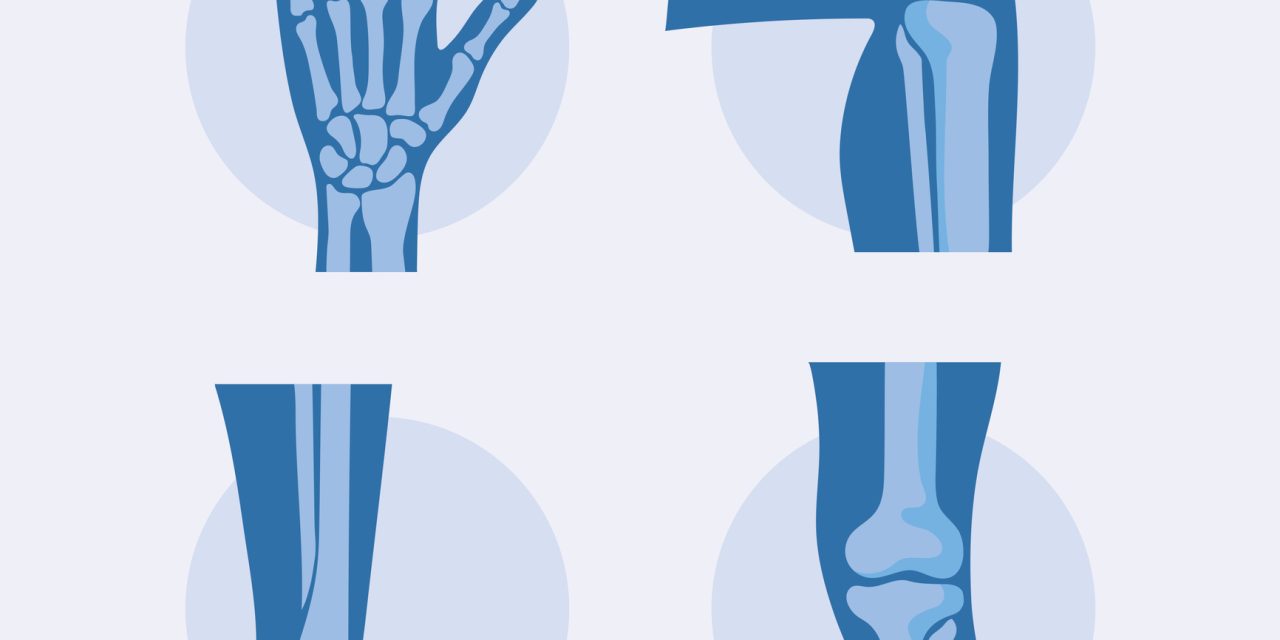The goal of this cross-sectional study was to see if there were any links between body composition, self-reported function, and physical performance in people with knee osteoarthritis after controlling for body mass index (BMI). Dual energy x-ray absorptiometry was used to calculate the percentage of fat and lean mass. With radiographically diagnosed knee osteoarthritis, self-reported function and physical performance were examined. After controlling for BMI, linear regressions were used to evaluate the unique relationship between WOMAC and physical performance, which was explained separately by % fat and lean mass (R1). After controlling for BMI, lower % fat mass was substantially related with higher physical performance. A higher percentage of lean mass was related with improved chair stand but not with a 20-m walk or stair ascent. After controlling for BMI, neither % fat nor lean mass were related to WOMAC. Body mass index was not shown to be substantially related to WOMAC or physical performance.
After controlling for BMI, lower percent fat and greater percent lean mass were related with improved physical performance. Body composition and BMI may be utilized jointly in the future to provide a more complete understanding of the relationship between obesity and handicap.


